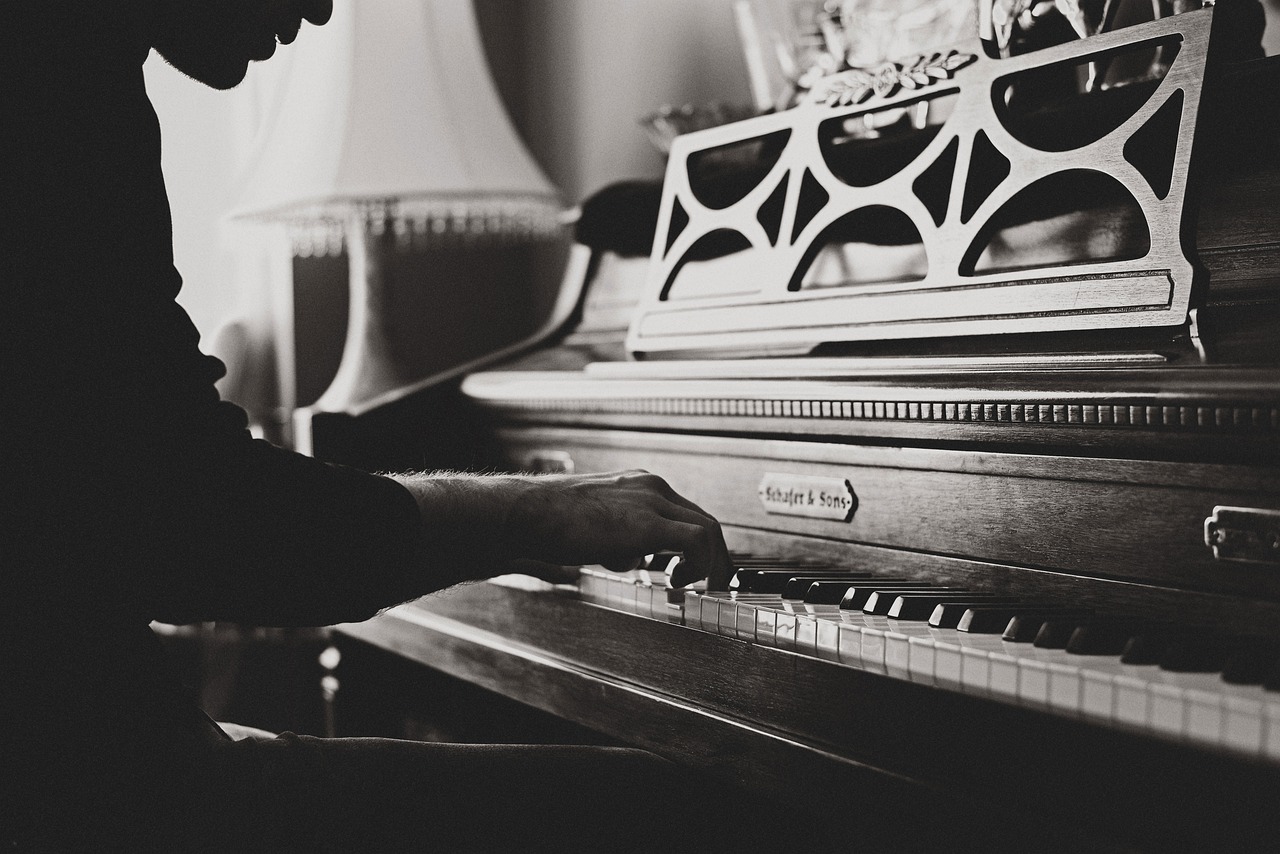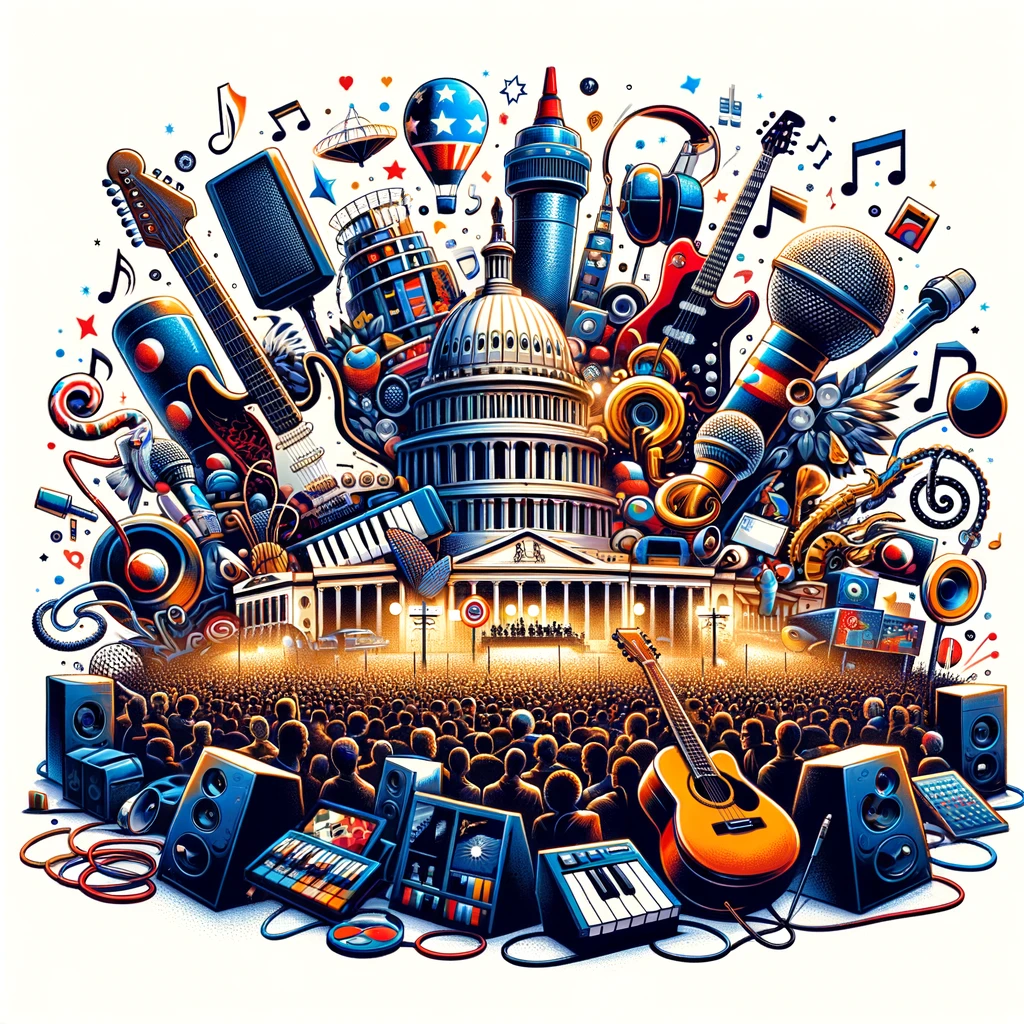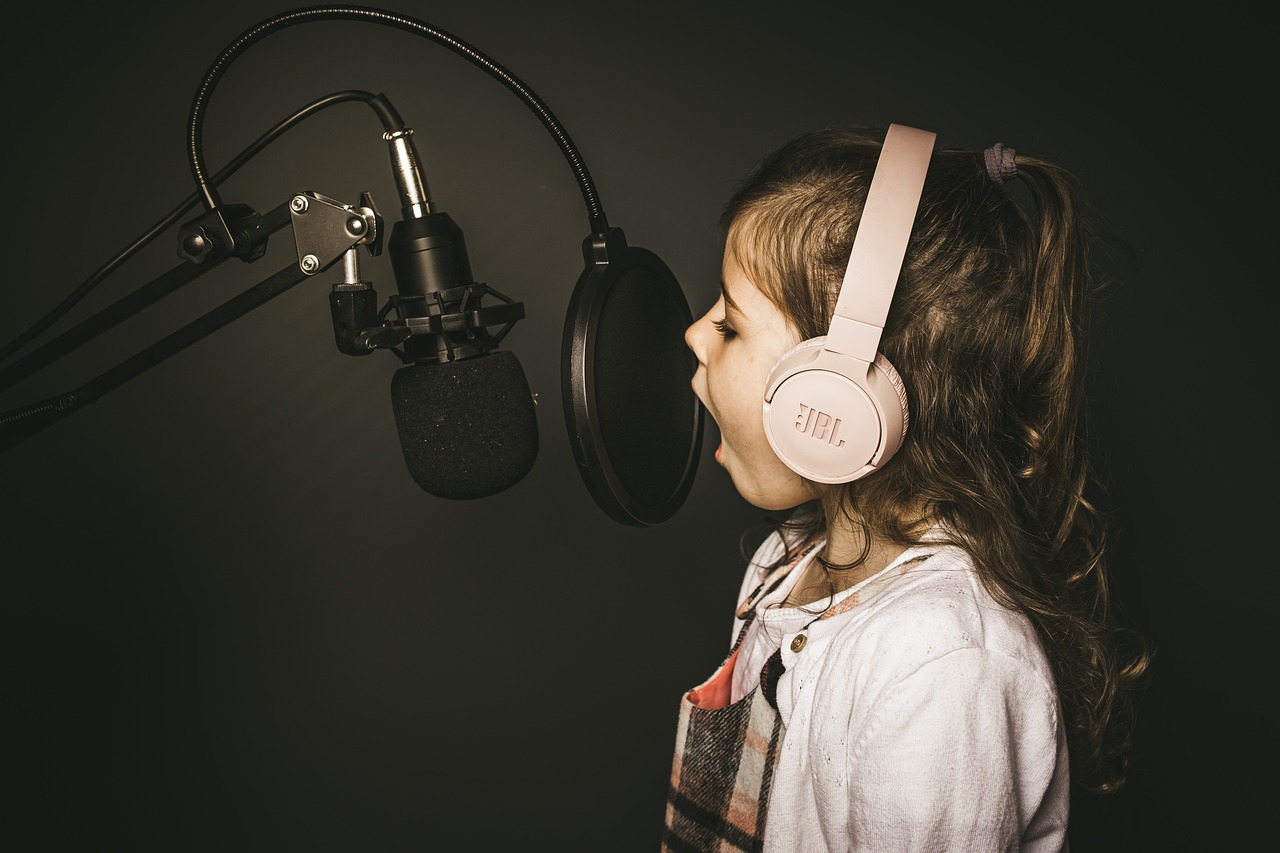Music History
Washington, D.C. isn’t just the nation’s political hub; it’s also a significant center for diverse musical traditions composed of a unique cultural history and contemporary vibrancy. The city’s musical journey spans various genres and settings, from the historic jazz clubs where Duke Ellington once played to prestigious venues like the John F. Kennedy Center for the Performing Arts.
Our exploration will take us through the city’s musical evolution, specifically looking at the genres of jazz, punk, and go-go. By understanding these various elements, we aim to provide a comprehensive overview of Washington, D.C.’s musical identity, demonstrating its importance not just as a political capital but as a vital musical heartland.
Jazz
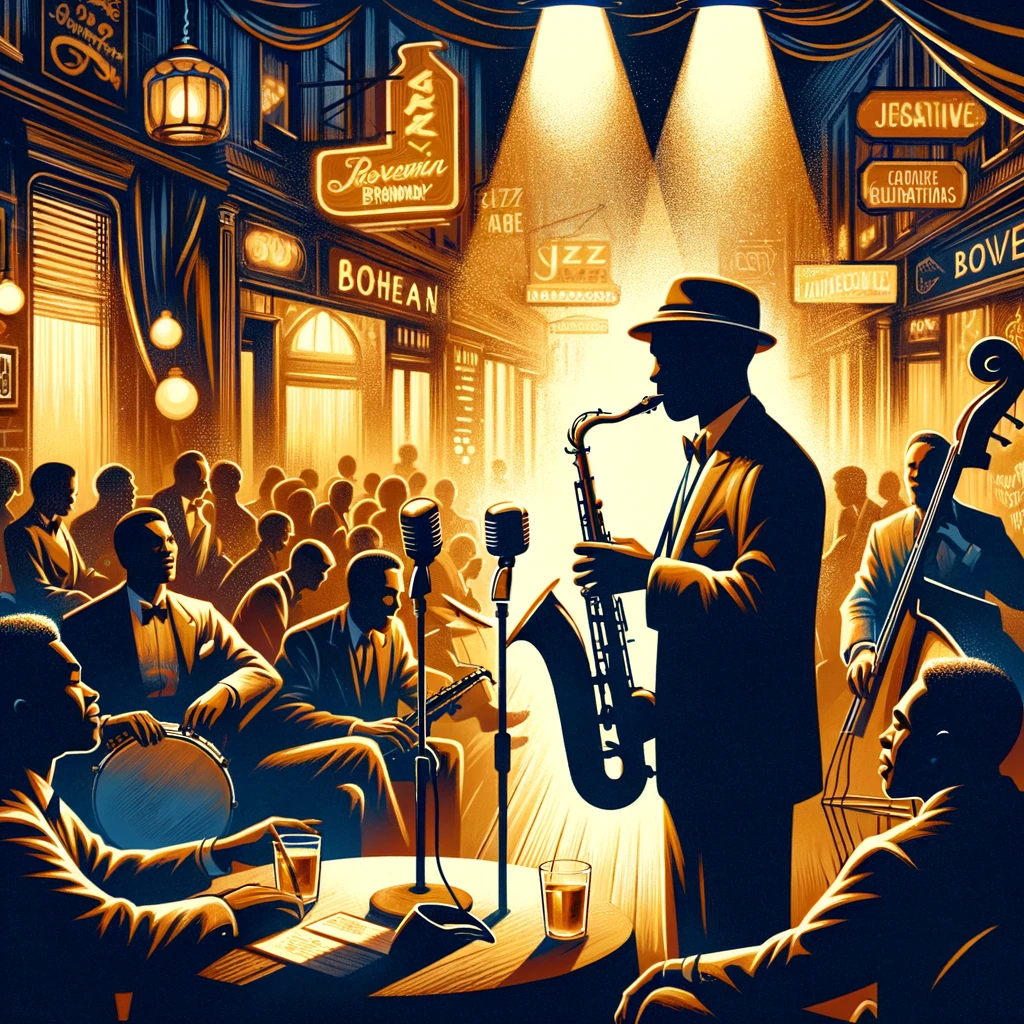
Washington D.C.’s jazz scene, particularly prominent along the U Street corridor, historically known as “Black Broadway,” played a pivotal role in the city’s cultural identity, reflecting a tradition of musical innovation. U Street was a beacon for jazz enthusiasts, attracting figures like Duke Ellington, who, even after gaining national fame, maintained strong ties to the district, symbolizing the deep connections many artists felt to this spirited community.
Ellington was just one among many influential musicians who graced the stages of iconic venues along U Street, such as the Bohemian Caverns and the Howard Theatre. These places weren’t just performance spaces; they were cultural institutions that stood at the heart of D.C.’s African American community, particularly resonant given their proximity to Howard University. The university itself was a nurturing ground for talent and thought, contributing significantly to the neighborhood’s artistic spark.
As jazz evolved, so did its geographic centers within the city. Following the social upheavals of the 1960s, the jazz scene shifted, finding new expressions and audiences in other D.C. neighborhoods like Georgetown. Here, Blues Alley emerged as a notable venue, continuing the tradition of jazz in a different context and maintaining its relevance and appeal.
In addition, education played a crucial role in sustaining D.C.’s jazz culture. Institutions like Dunbar High School not only educated future jazz luminaries but also fostered an environment where music was a valued form of expression and connection. Such schools were essential in developing the talents that would go on to shape not just the local jazz scene but also impact the genre globally.
Punk
The punk movement in Washington D.C., spanning from the mid-1970s through the 1990s, stands as a significant chapter in the city’s musical history. This era saw the emergence of influential bands like the Teen Idles, Minor Threat, Fugazi, and Bad Brains, whose music and ethos resonated with a generation grappling with the tensions of the Cold War and Reagan-era politics.
Jason Hamacher, former drummer for the 90s punk band Frodus, encapsulates the spirit of D.C.’s punk scene by differentiating punk rock and hardcore: punk vocalizes the issues, while hardcore advocates taking action. This sentiment is echoed in the ethos of D.C.’s hardcore scene, known for its intense energy and community-driven approach.
Key venues like D.C. Space in the Gallery Place neighborhood became cultural incubators for punk, fostering a scene that welcomed avant-garde and non-mainstream acts. Such venues were instrumental in the early careers of artists like Dave Grohl who honed his musical skills in the D.C. punk environment before achieving fame with Nirvana and Foo Fighters,
The punk legacy in D.C. is preserved and explored through various means. The Martin Luther King Jr. Memorial Library, for instance, houses the D.C. Punk Archive, offering an extensive collection that chronicles the scene through photographs, band memorabilia, and historical footage. Similarly, Fort Reno Park continues to celebrate this heritage by hosting punk shows, maintaining a tradition that connects past and present punk communities.
Go-Go
Go-go music, a genre intrinsically linked to Washington D.C., embodies the city’s excitement and hustle. Originating in the mid-1970s, go-go emerged as a distinctive sound, shaped by local artists and embraced by the community, ultimately becoming an emblematic feature of D.C.’s cultural landscape.
Chuck Brown, often celebrated as the godfather of go-go, was instrumental in developing and popularizing the genre. His hit “Bustin’ Loose” with the Soul Searchers achieved significant success, propelling go-go into the national consciousness. The inclusion of D.C. go-go group E.U.’s music in Spike Lee’s film “School Daze” further cemented the genre’s place in popular culture, and by 2020, go-go was officially recognized as the music of Washington, D.C.
Characterized by its infectious rhythms, a blend of jazz, funk, hip-hop, and Afro-Latin influences, go-go music is notable for its continuous percussion and interactive performances. Musicians like JusPaul, who grew up immersed in the go-go scene, emphasize the genre’s communal spirit and its role in reflecting and engaging with the city’s history and social movements.
The genre’s influence extends beyond performance, with educational initiatives and cultural preservation efforts helping to sustain its legacy. The Go-Go Museum and Café, set to open in the Anacostia neighborhood, aims to celebrate and innovate within the genre, providing a space for both historical appreciation and artistic creation.
Best Musicals to See This Summer
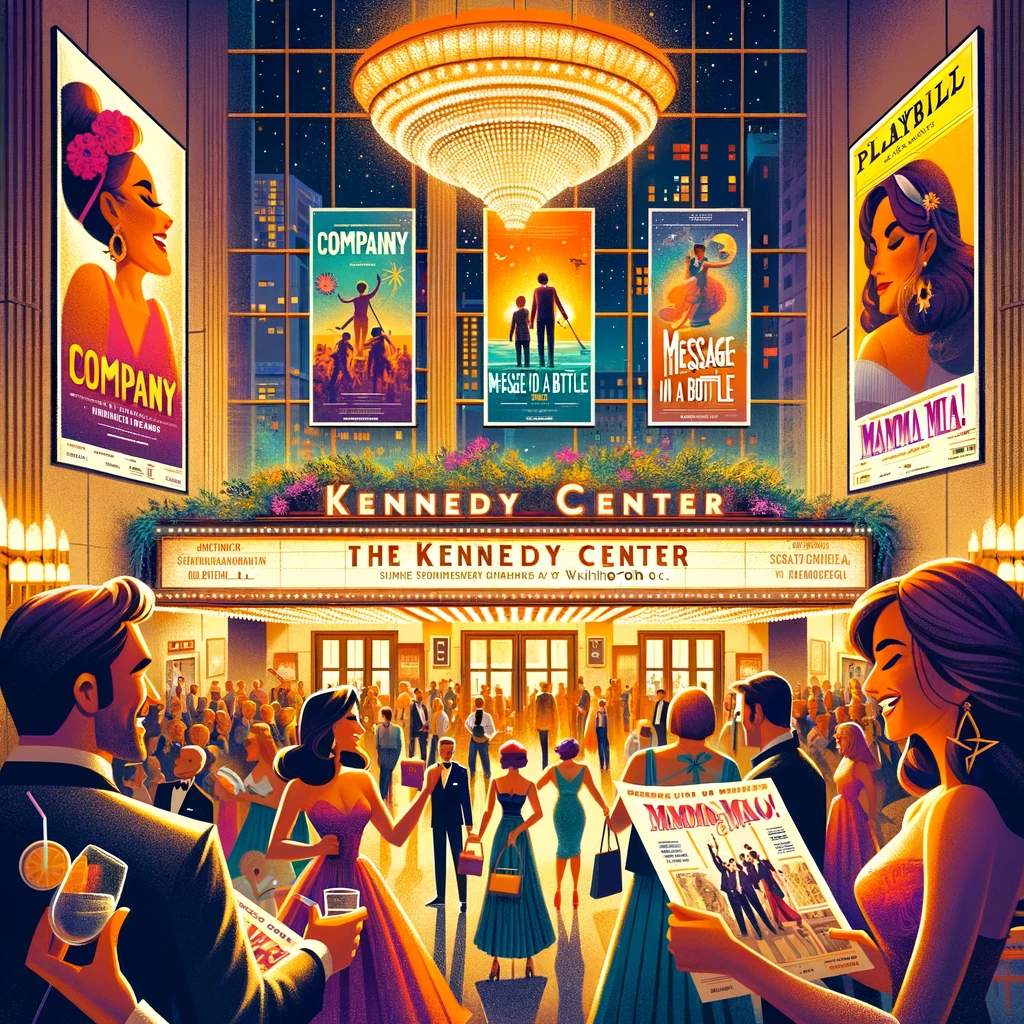
Crucial to the diverse culture of DC music, musicals stand as a medium for creative expression that brings audiences from around the world together. This summer the Kennedy Center will open its doors to eager audiences ready to take part in the exciting offerings of musicals. Here are 3 that you can’t miss.
- Company March 23 – 31, 2024
Company is a musical comedy by Stephen Sondheim and George Furth that won five Tony® Awards, including Best Revival of a Musical. It presents a sophisticated, insightful, and humorous narrative centered around Bobbie’s 35th birthday, questioning societal expectations of marriage and relationships. Directed by Marianne Elliott, this production offers a modern take on being single and relationships in the 21st century, featuring iconic songs like “Being Alive” and “The Ladies Who Lunch.” The show’s relevance and appeal lie in its deep exploration of personal connections and societal pressures.
- Message in a bottle April 9 – 21, 2024
“Message In A Bottle” is an invigorating dance-theatre experience, choreographed by Kate Prince and set to the music of Sting, featuring songs like “Every Breath You Take” and “Roxanne.” The narrative follows three siblings from the village of Bebko as they embark on journeys of survival amid chaos. This production blends dynamic dance styles and storytelling, showcasing human resilience and hope, delivered by the renowned ZooNation dance company.
- Mama Mia August 13 – SEP. 1, 2024
“Mamma Mia!” unfolds on a vibrant Greek island, where a young bride-to-be seeks to uncover her father’s identity, leading to the reunion of three men from her mother’s past just before her wedding. This joyous musical, celebrated worldwide for nearly a quarter of a century, interweaves love, friendship, and discovery through ABBA’s timeless songs, creating an enchanting and uplifting experience. It’s renowned as the ultimate feel-good show, captivating audiences with its engaging story and beloved music.
Of course, there are so many more musicals to explore. Make sure to check out the Kennedy Center website to discover all of the musicals available.

